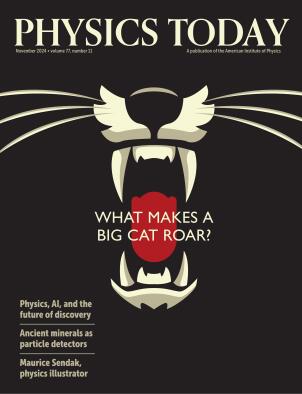FYI science policy briefs
DOI: 10.1063/pt.auvz.krvf
US ramps up semiconductor workforce training programs
The Department of Commerce announced the first awards in September for the National Semiconductor Technology Center’s new Workforce Center for Excellence, which is set to receive $250 million from the department over 10 years. The initial awards total $11.5 million for seven institutions; the department expects that they will help train more than 12 000 people over the next two years. One award will establish the Center for Education of Microchip Designers at UCLA that will teach hundreds of undergraduate and graduate students how to design, fabricate, and test their own chips. Other funded projects target high school and college students, semiconductor technicians, and hardware verification engineers. Also in September, NSF and the Commerce Department announced a $30 million funding opportunity to establish a hub that will manage the National Network for Microelectronics Education, which plans to spend up to $200 million preparing people for roles in the microelectronics workforce.
Quantum cryptographic standards ready for use
NIST is urging IT administrators to employ its newly released encryption tools designed to withstand attacks by future quantum computers. The three tools, unveiled in August, are the first global standards for post-quantum cryptography, according to the White House, and are designed for general encryption across public networks and for digital signatures. Two of the new standards are based on structured lattices and the other on hash functions, making the algorithms more difficult for quantum computers to break than current ones that multiply large prime numbers. (See Physics Today, November 2023, page 21
FYI (https://aip.org/fyi
